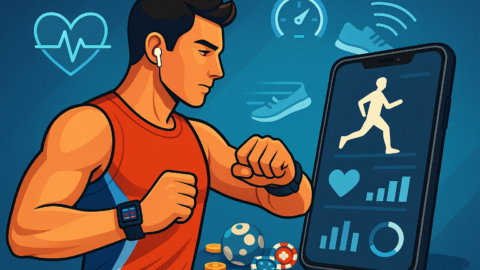Recent digital advancements have led many financial institutions to shift their operations online. The banking sector continuously seeks ways to enhance the customer’s experience and improve data security. They need an advanced identity verification service to verify the customer’s identity remotely. One such technique is KYC video identification. This is a very effective and time-efficient way of verifying multiple customers simultaneously.
Why is Video KYC Better Than the Conventional KYC Verification?
Advanced video KYC solution are better than the conventional methods because they are more convenient. They allow customers to be verified from their homes. Customers don’t need to be physically present for authentication. The verification can be completed by just connecting an electronic device with a strong internet connection which enhances the customer’s onboarding time and experience.
KYC video identification solution provides more secure verification than traditional methods because it incorporates biometric verification. Advanced methods can detect the customer’s liveness, further reducing the probability of data breaches and financial losses. These services conduct verification with automated systems, which improves data accuracy and is time-efficient.
Process of Video KYC Verification
Step 1:
The KYC video identification procedure starts by connecting the customer with an online video call platform where they provide their identification documents for verification. These documents include the customer’s identity card, passport, and driver’s license. Then the video KYC service incorporates the use of advanced OCR and machine learning technologies to verify these documents and extract this data into their database. These documents are then cross-matched with the customer’s available data in the databases to ensure that the underlined data is authentic and accurate.
Step 2:
After providing the documents, the customer’s live presence is authenticated through a video call. The customer connects with an examiner through an email link. The examiner then starts verifying the customer by matching their live video images with the identification documents they provided. The examiner can also check the customer’s liveness by using advanced liveness detection systems that prompt the customer to perform specific tasks, such as eye blinking and head tilting. They also ask the customer some questions to collect additional information about the customer’s identity.
Step 3:
In the last step, the financial examiner conducts further assessment of the customer’s risk profiles and backgrounds. If the customers pass all these checks, they are allowed to undertake to begin their financial services. However, if they do not pass these checks, they undergo further assessment before onboarding.
Use Cases of Video KYC Services
The KYC video identification system can efficiently be used to streamline the given processes:
- Onboarding of New Customers
Financial institutions can use video KYC services to onboard new customers quickly. The new customer’s information is collected and verified in a very short period of time as it can be done from their homes using video services.
- Account Protection and Recovery
By incorporating e-KYC video verification services, financial institutions can ensure that the customers’ data is secure as their identities are verified in real-time through video calls. The customer’s data stays protected and can be recovered anytime if unfortunate events occur. The KYC video services incorporate user-friendly technology which provides a secure environment for customers to submit their documents with trust. It also reduces the risk of human-prone errors in data collection and verification.
Why Video KYC Services are Beneficial for Financial Institutions
Video KYC services are beneficial for financial institutions as they streamline their daily operations in multiple ways:
- Low Acquisition Cost: The customers are onboarding from their home’s comfort, which reduces the traveling costs of banks and customers for the verification process. They don’t need to physically come and authenticate their identities which is time-consuming and inefficient.
- Risk Reduction: In the video authentication process, the banks don’t need to rely on third parties to conduct the verification process as it can be extremely risky to external threats. KYC video solutions require only the banks and customers for the verification process, which is a more secure authentication process because the sensitive information stays between them only.
- Fraud Prevention: Customers are verified after passing various checks, including liveness detection and document verification. The customer’s identities are verified after careful evaluation, which protects their data from fraud and external threats.
Final Thoughts
KYC video identification protects financial institutions from external threats and ensures the security of customer’s information. It conducts customer verification through a secure video call where they submit their documents and get their identities verified without the inclusion of any third party, protecting them from external threats. It is a user-friendly approach as the examiners guide the customers throughout the process. This enhances their onboarding experience and boosts the financial institution’s reputation.









